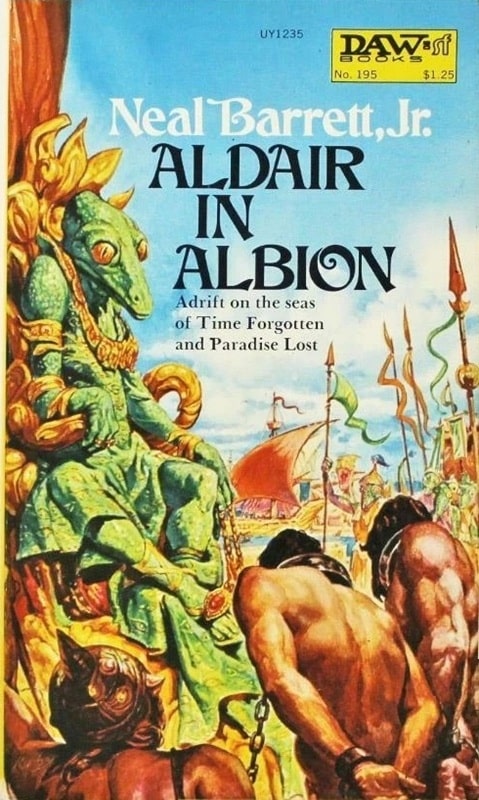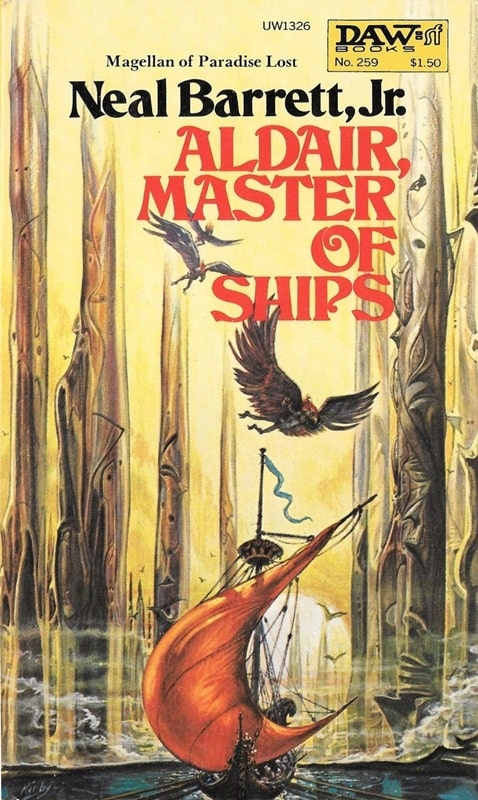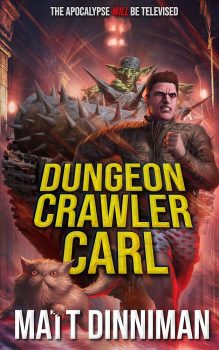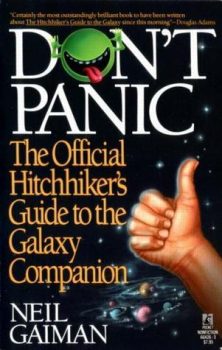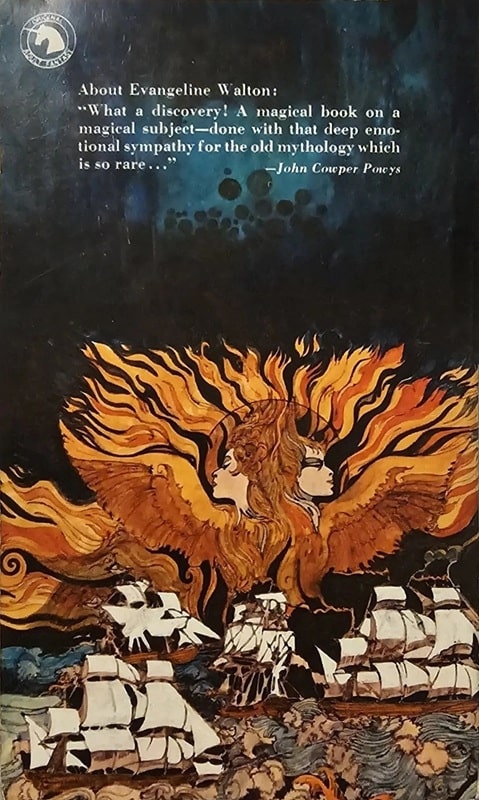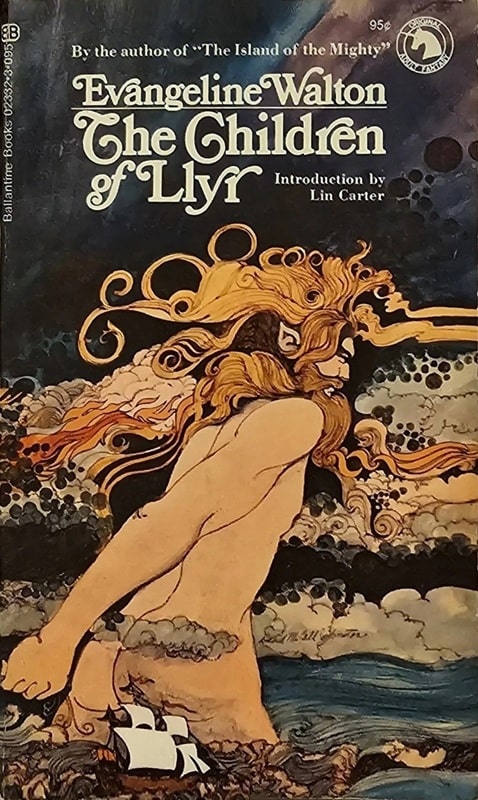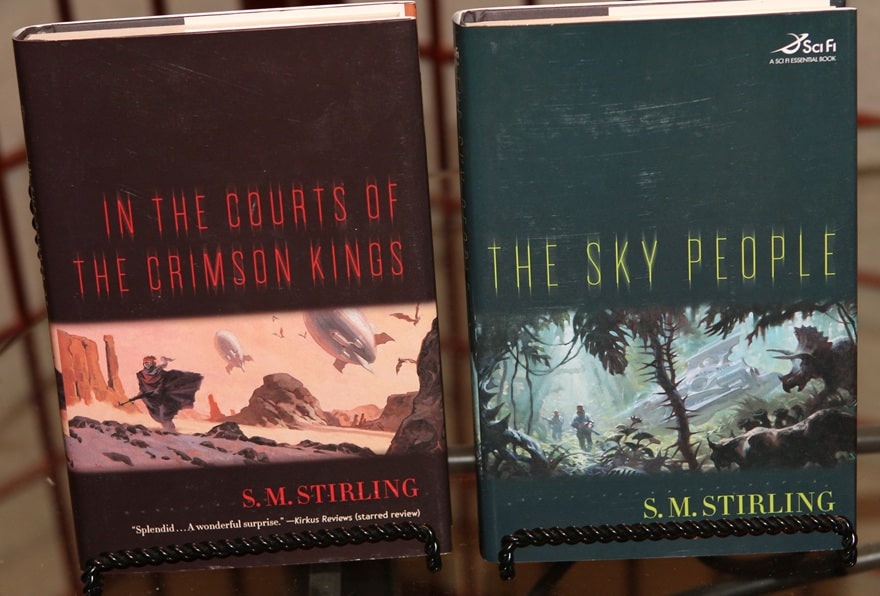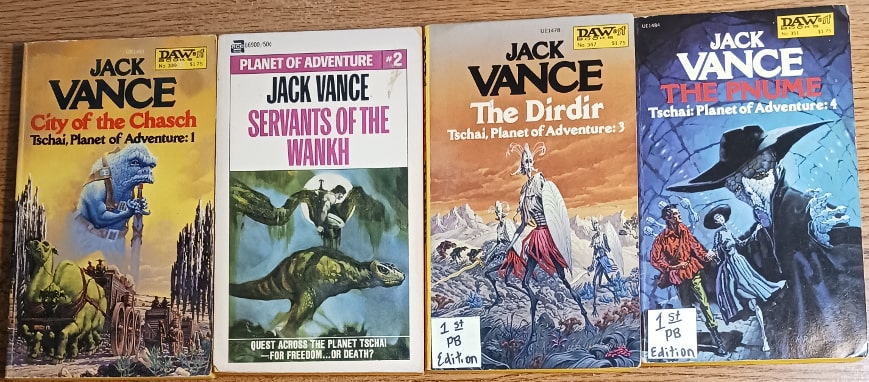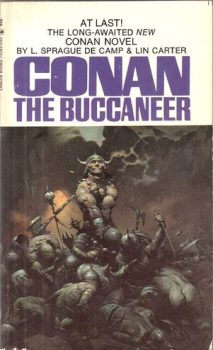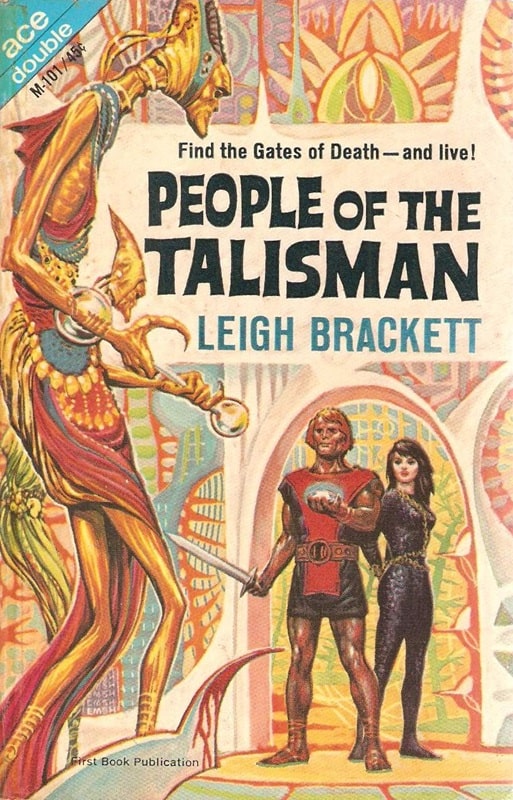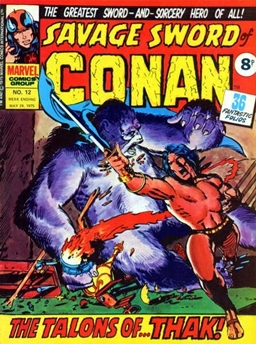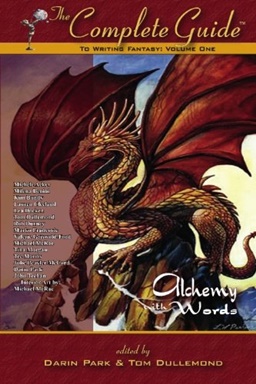 It’s installment three of Cimmerian September, and I’m going back to Spring of 2018 for today’s post. But it’s not a reprint (Hey: I think people should read last week’s essay on “Rogues in the House”!
It’s installment three of Cimmerian September, and I’m going back to Spring of 2018 for today’s post. But it’s not a reprint (Hey: I think people should read last week’s essay on “Rogues in the House”!
I took a fantasy template developed by John Teehan, citing Arthurian elements to be found in almost any fantasy work. Well, at least one element can be, anyways. I applied the principles to the first four Conan stories: “Phoenix on the Sword,” “Frost Giant’s Daughter,” “The God in the Bowl,” and “The Tower of the Elephant.” You can click on this link to see that three of the four scored pretty low.
Well, we’re gonna look at the next three Conan stories: “The Scarlet Citadel,” Queen of the Black Coast,” Black Colossus,” and Iron Shadows in the Moon.”
So, let’s see how the stories shape up.
John Teehan, in The Complete Guide to Writing Fantasy: Volume One, challenges the reader to think of their favorite contemporary fantasy novels. And we’re talking Tolkien-onwards here, not just the past few years. Then he gives a list and says it would be difficult to think of a book that didn’t have any of the five themes on the list. He is making the point that the Arthurian legend, largely brought to popular culture by Thomas Malory, was an interweaving of those five themes. High fantasy epics like David Eddings’ Belgariad still follow this path.
I immediately thought about Robert E. Howard’s Conan tales and how they didn’t really emulate this pattern. Or so it seemed to me. My friend Deuce Richardson immediately pointed out two stories that did significantly incorporate these elements. So, I decided to start at the beginning and take a good look at “The Phoenix on the Sword”: then, do a less detailed survey of the following stories.
This time around, we’ll give “The Scarlet Citadel extra attention, then move on to the other two.
So, here we go!
…
Read More Read More
